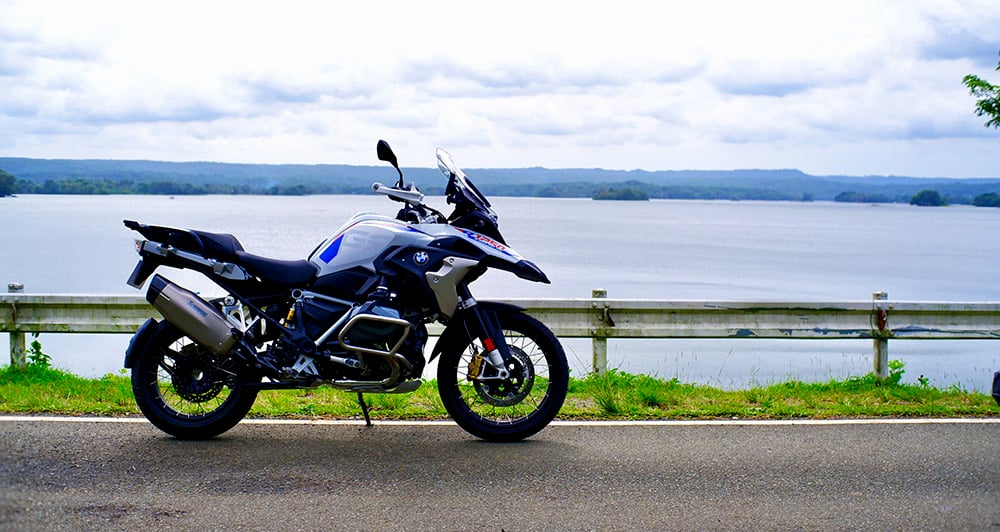
I remember the day I bought my first big bike. It was like Christmas came early after months of online research, window-shopping, and campaigning to get my wife to give her approval. Not that she ever actually said “yes,” but she also didn’t say “no,” so I took that as a “yes” anyway.
Four years and thousands of kilometers later—along with dozens of test rides under my belt ranging from as low as 125cc to as high as 1,800cc—I can tell you that big bikes are almost as fun as their marketing makes them out to be. In the right conditions, they’re quite useful, too, but they are far from perfect. I wouldn’t go so far as one industry executive who candidly told me they’re just toys, but they do have their limits.
So if, like me, you’ve been thinking of getting one perhaps to serve as an expressway-legal commuter bike, or just something for weekend stress relief, let me share with you some pointers.
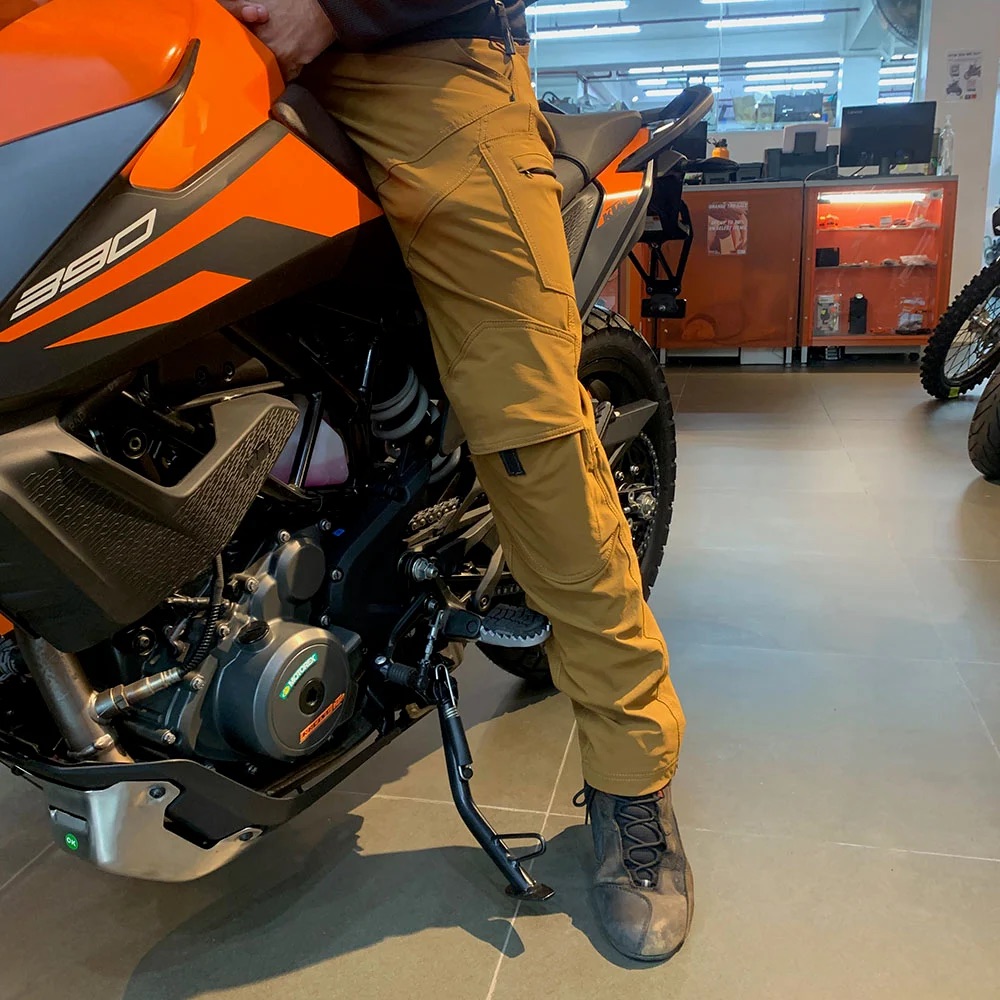
Seat height really is a big deal. Whatever bike you’re getting, make sure to sit on it first and see how stable you are at rest. If you’re on tiptoes, that issue might will come to bite you one day when you’re stuck in traffic or threading your way on a trail. You should be able to flat-foot at least one side while you’re still learning the ropes. A bike should let you feel relaxed even if you’re not even moving yet.
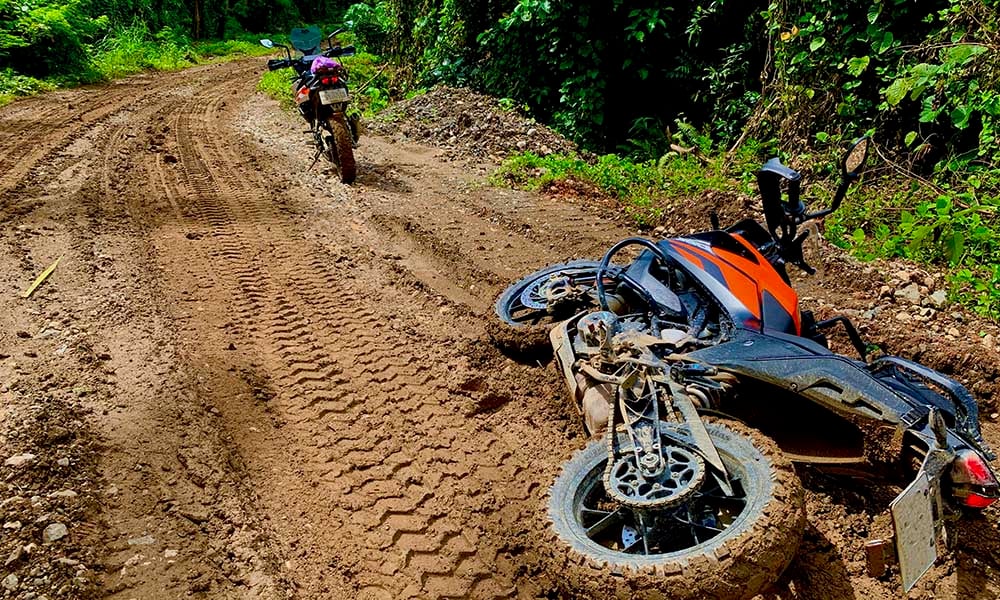
Weight is a factor, too. The same mass that makes a bike feel planted at high speed will also make for a clumsy bike to maneuver around in a garage or a parking lot. Usually, the bigger the displacement, the heavier the bike. Get one that you’ll be confident pushing and pulling around because you’ll be doing this regularly. You’ll also have to pick it up one day, so don’t get one that you can’t handle.
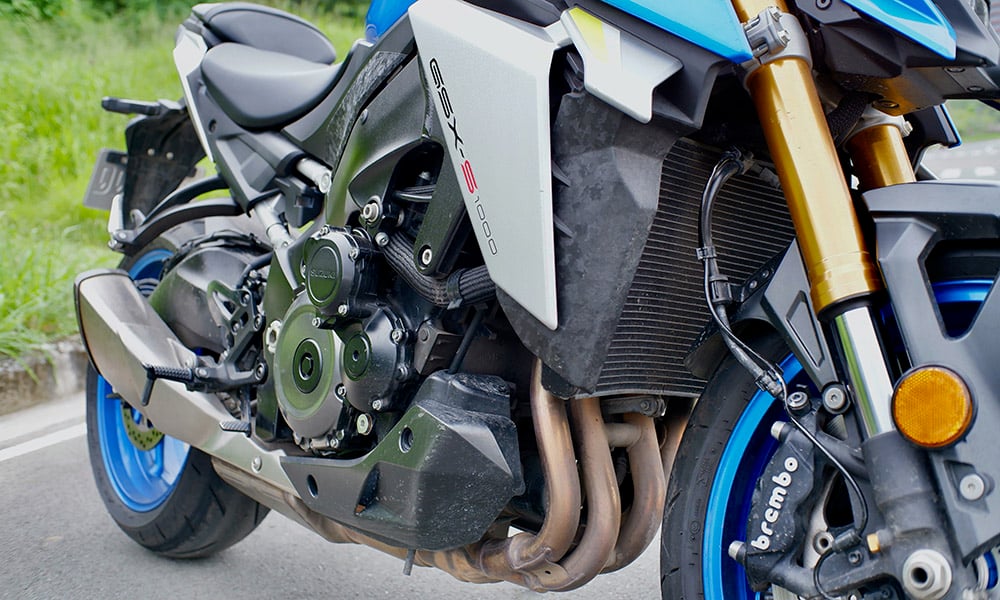
Engine heat will make or break you. Bigger engines create more heat, but the engine configuration will also dictate how much of that heat you will feel in traffic. V- and L-twins are the worst offenders because there’s always one cylinder head pointed straight at your crotch.
High-compression engines also generate a lot of heat, particularly by the headers. Sport bikes can feel hotter than naked ones with the same displacement because hot air is trapped by the fairing. Always wear pants unless you want to burn your legs the moment you forget this fact.
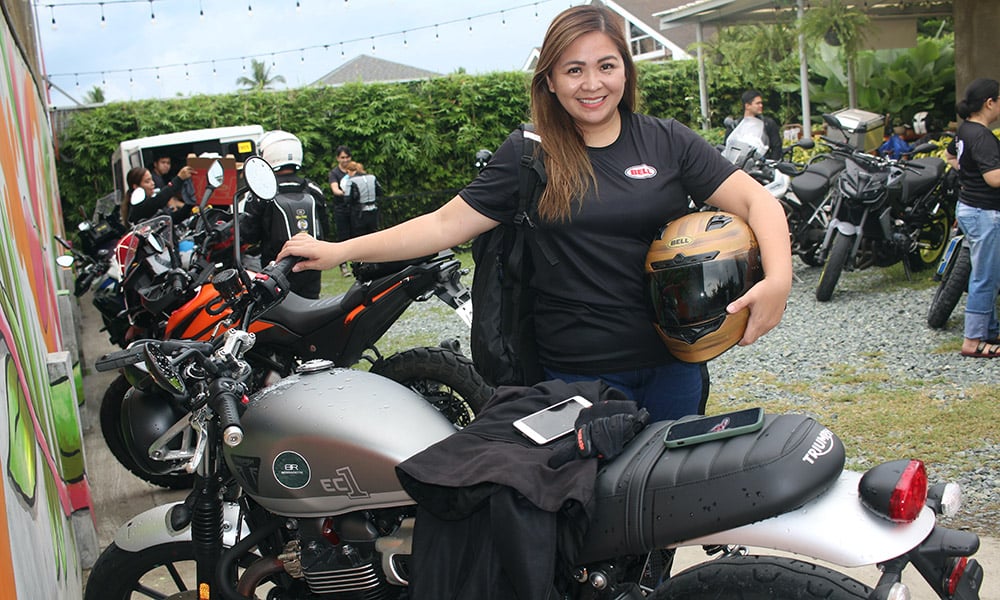
Having said that, buy what your heart desires. Don’t listen to well-meaning friends who want you to get the most practical bike, because chances are you won’t love it. And you won’t ride what you won’t love. A bike is an emotional thing. Get the one that you keep dreaming about. Which brings me to my next point.
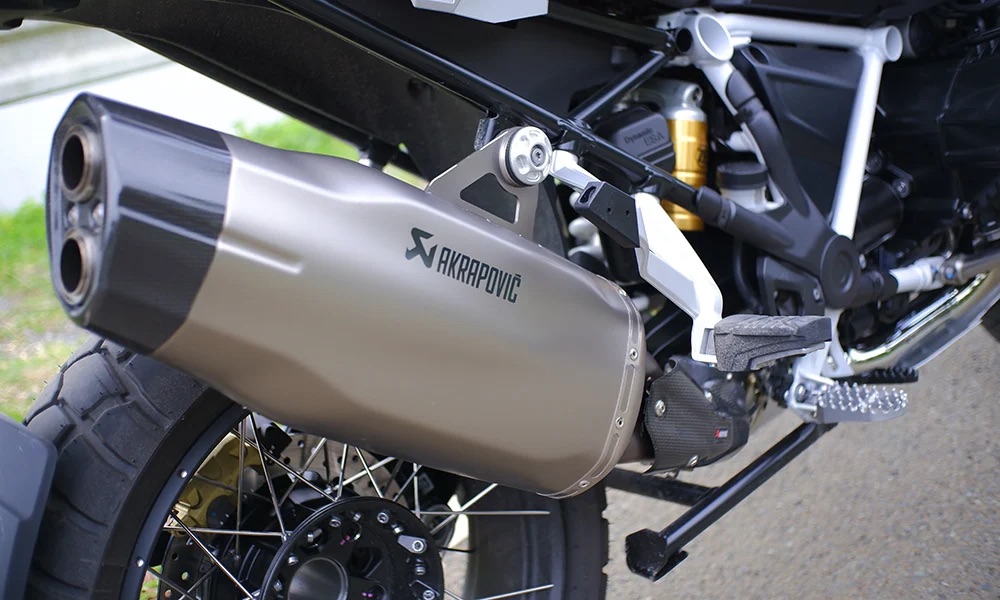
The sound can make up for a lot of sins, and is often the perfect complement to how it looks in the first place. Compared to the hushed purr of a modern car, big bikes are loud. Very loud. Depending on the configuration (again), the sound it makes will either make you fall even more in love with it or make you wonder what all the fuss is about.
V- and L-twins have an authoritative rumble that sounds better at low revs than high. Parallel twins with a 270° crank have a similar beat to V-twins, but 180° cranks with their even firing order can too often sound meh. In-line-fours have that much-revered, F1-like scream.
Flat-twins like BMW’s R-series can often sound blatt-y, and are an acquired taste. Short-stroke single cylinders like KTM sound tinny, while long-strokes like Royal Enfield have a characteristic thump. An aftermarket exhaust is often a rider’s first upgrade. Do remember your manners, and avoid rev-bombing unless you’re at a track or on a quiet road.
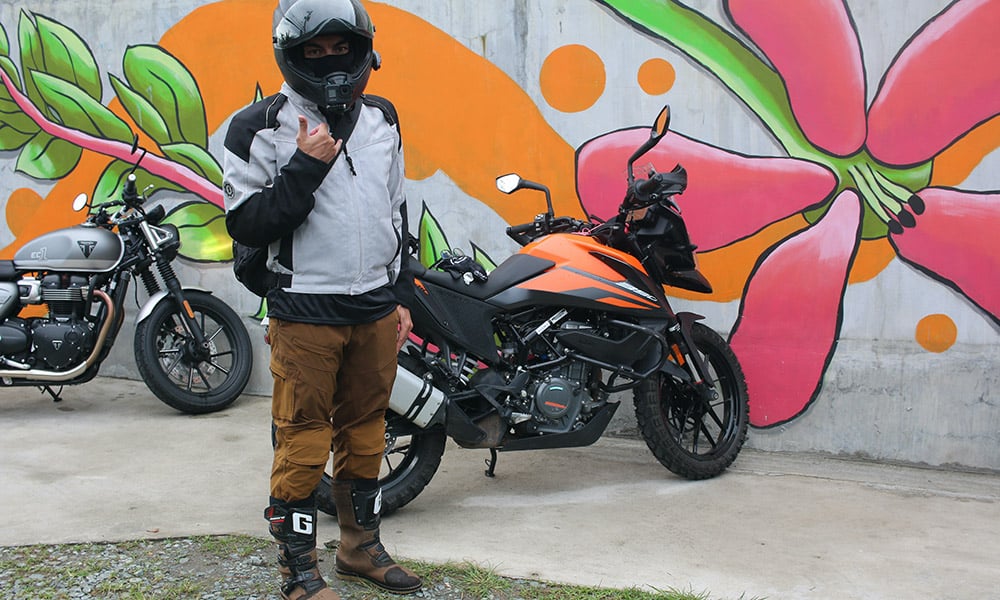
Maintenance is something you have to be conscious of. Just like cars, all bikes have service intervals. But depending on how exotic your bike is, it could be as simple as every 5,000km, but it may also require checking valve clearances and chain tension. It’s not always a simple oil change. High-performance bikes also eat up tires like crazy, and those aren’t cheap. Budget accordingly.
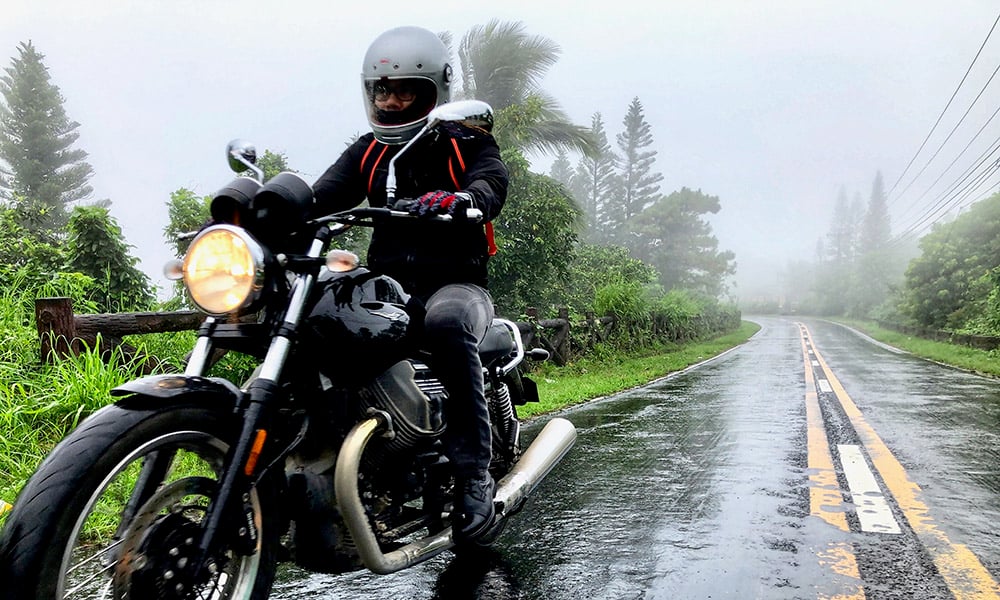
If you’re thinking of expressway commuting on a big bike, get the smallest displacement you can get away with. The thrill and prestige of a big bike quickly wear off if you have to slog your ride every day in gridlock.
Especially in the summer. You’ll end up drenched in sweat, you’ll find you won’t be able to filter as easily as a small bike, and maneuvering through traffic is like manhandling a piece of gym equipment that also happens to be hot and loud. Do yourself a favor and get the lightest “big” bike that can still get on the expressway. You’ll still be zippier than the average car, your fuel consumption won’t be as high, and you won’t be as tired.
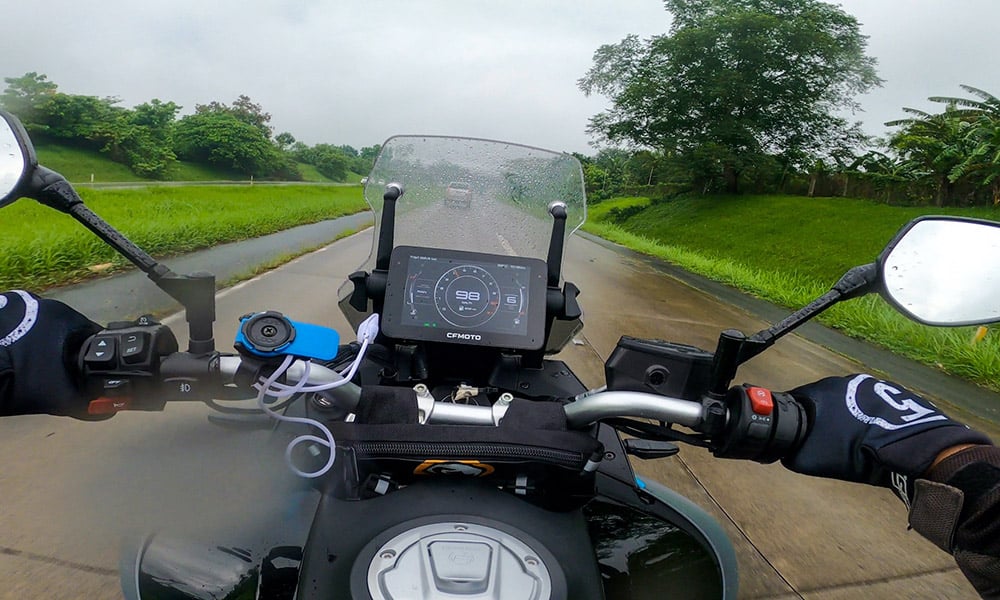
Go keep practicing. You can and should go to a riding school, but only constant (and conscious) riding will make you a better rider. Without even considering aggressive lean angles, too many riders fail to master simple things like tight U-turns, chicanes, and off-camber turns—and these are often where bikes get dropped and damaged.
Please don’t be another entitled rider; we have so many of these already. So, you’ve mastered riding school. You’ve got all the riding gear and crash guards to protect your ride. Now you’re ready to hit the road! I wish you safe travels, but do remember to be a courteous rider. I’m not telling you to ride like a nerd, but I am asking you to ride responsibly.
Don’t blind motorists with your auxiliary lights. Line up at tollbooths. Pass cleanly, and avoid ‘buzzing’ cars—you’re not Maverick. Neither are you so important that you can disrupt other motorists by riding like a hagad. You’ll give everyone a bad name that way.
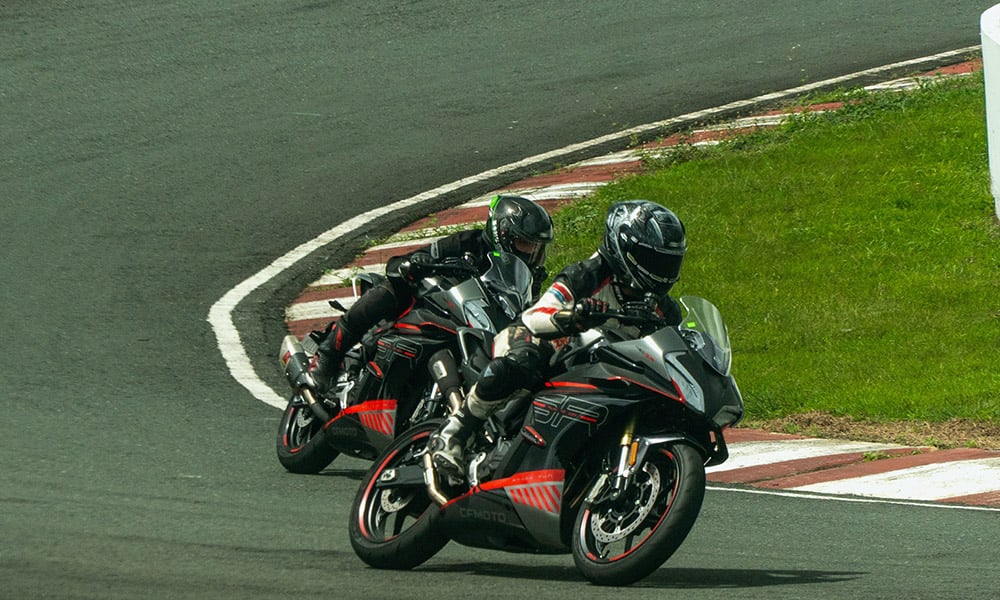
Ride just beneath the absolute limit of your skills on the road, and you’ll always get home safe and sound. By all means, go 100% on a track day if you’ve got the hankering for speed.
Out on the road, however, always leave yourself a safety buffer. No matter how good you think you are out there, there’s always the risk of your luck running out. An oil patch you didn’t see. A car suddenly turning into you. Another rider coming into you hot.
Think of yourself as an aviator: “There are old pilots, and there are bold pilots. But there are no old and bold pilots.”


0 Comments